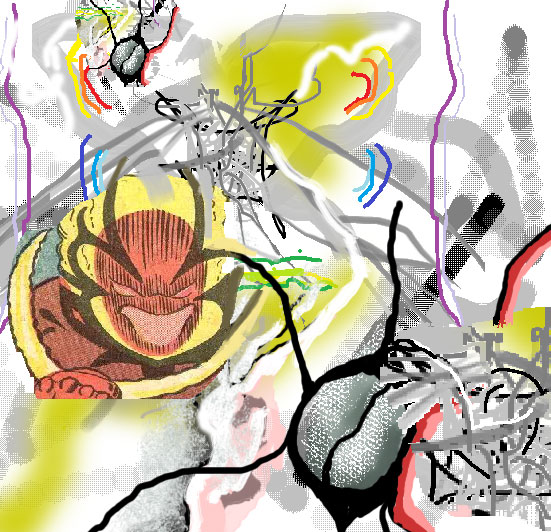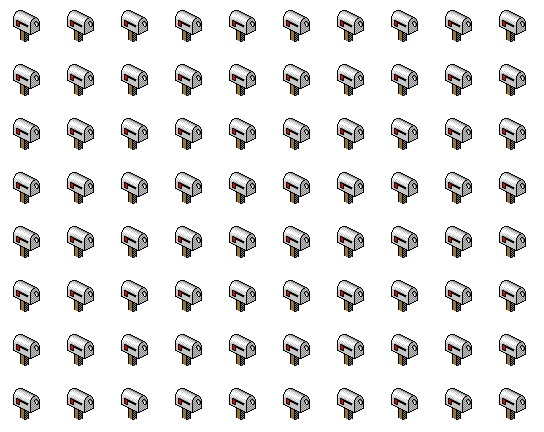
Above is a revised version of Ryder Ripps' original "stop talking about GIFs" rant. When I first encountered Ripps a couple of years ago he was a big fan of GIFs; now he thinks talking about them too much will somehow endanger web animation as we know it.
This sudden concern was touched off by a rather bad PBS documentary short where 80% of the interviewees pronounced GIF as "jif" (among other problems). Ripps didn't go postal over the documentary, though. He believes major media always lies and misrepresents its subjects; presumably that's why he appeared on the same PBS program last year. What angers him is that other people are criticizing and fact-checking PBS's treatment of GIFs. Giving his logic every benefit of a doubt, because PBS did a poor job of explaining GIFs, correcting it just makes it worse, to the detriment of all other forms of web animation.
But what other web animation cultures should we be discussing? Macromedia Flash and the people who embrace it? The brave new world of iPad-based HTML5 animation? Subversive uses of badly compressed YouTubes? For the last few years we've been discussing GIFs as a low-entry-level, vernacular, "native" way to animate on the Web and it's been fun. Ripps even co-created a site (dump.fm) where talented GIF-makers flourish. It's not a "GIF site" but that's what you see a lot of when you logon (now by invitation-only).*
PBS emphasized recent attempts to clean up and dignify GIFs by calling them cinemagraphs. According to Ripps, we're not allowed to have an opinion on that because TV always lies. Thanks for your support -- go make a cinemagraph now.
*Update: Am told dump registration has re-opened.
Update 2: What we've been calling PBS is actually a producer of near-infomercials under contract to PBS. See later post. It's ultimately PBS' name on the product but worth mentioning in the context of a "media always lies" discussion. By "four walling" content like this it's possible they are lying in a new and different way!



